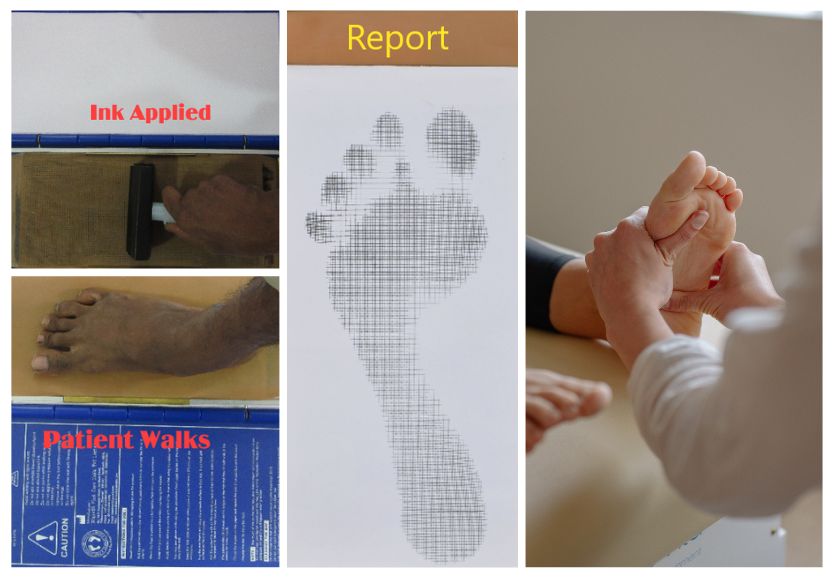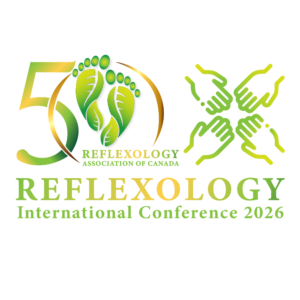Seminar #4: Improving the Reporting of Reflexology Intervention Studies: Towards Greater Clarity and Scientific Rigor

Seminar #4: Improving the Reporting of Reflexology Intervention Studies: Towards Greater Clarity and Scientific Rigor
Speaker: Dr Jacqueline James,
BSc (Hons), PGCE, DHealthSci
➡️ Background:
Reflexology encompasses a variety of approaches, making it essential for research studies to clearly document the specific techniques and practices used. Accurate and detailed reporting is crucial for ensuring that studies can be repeated, replicated, and effectively learned from. However, many reflexology studies fall short in providing comprehensive intervention descriptions, limiting their transparency and impact.
This presentation examines the challenges of incomplete intervention reporting in reflexology research and introduces newly developed guidance to support authors in achieving more thorough documentation. Drawing on two published studies—a systematic review assessing the quality of reflexology intervention reporting and a Delphi study that established reflexology-specific reporting guidelines with input from an international panel of reflexologists and researchers—this session highlights the importance of structured and transparent reporting. It will provide practical insights and real-world examples to demonstrate how improved reporting can enhance study transparency and facilitate meaningful comparisons across the field.
By adopting this guidance, based on the Template for Intervention Description and Replication (TIDieR) checklist, reflexology therapists, researchers, journal editors, and peer reviewers can contribute to strengthening the rigor, reliability, and reproducibility of reflexology research.
➡️ Studies:
A Benchmark for the Quality of Reflexology Intervention Reporting Using the Template for Intervention Description and Replication (TIDieR) Checklist: A Systematic Review” Read the full study here: https://doi.org/10.1016/j.eujim.2024.102391
Reflexology Specific Guidance for using the Template for the Intervention Description and Replication (TIDieR): a Delphi study”. Read the full study: https://doi.org/10.1016/j.eujim.2024.102416
Get my Ticket NOW



